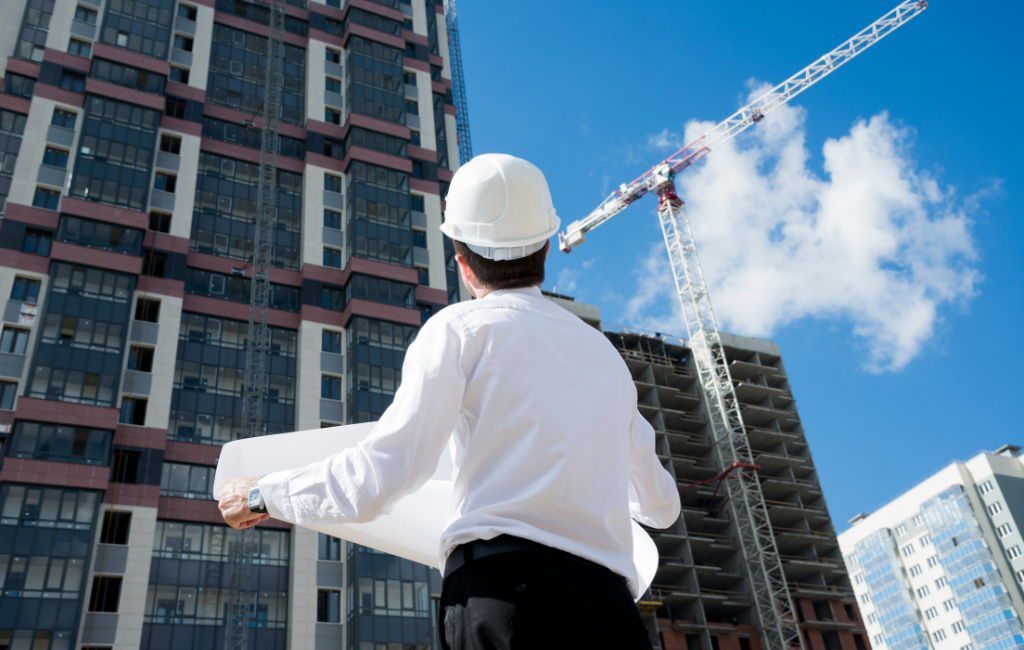
Architect Visions: Sustainable Living
Architect Visions for Sustainable Living
As the world grapples with climate change and environmental degradation, architects are at the forefront of designing sustainable living spaces. These innovative designs not only aim to reduce the carbon footprint but also enhance the quality of life for inhabitants. This article explores various architectural visions that are shaping the future of sustainable living.
Green Building Materials
One of the primary ways architects are promoting sustainability is through the use of green building materials. These materials are sourced responsibly and have a minimal environmental impact. Examples include:
- Bamboo: A fast-growing, renewable resource that is both strong and flexible.
- Recycled steel: Reduces the need for new steel production, which is energy-intensive.
- Hempcrete: A bio-composite material made from the inner fibers of the hemp plant, offering excellent insulation properties.
Using these materials not only reduces waste but also promotes a healthier living environment by minimizing the use of toxic substances.
Energy-Efficient Designs
Energy efficiency is a cornerstone of sustainable architecture. By incorporating energy-efficient designs, architects can significantly reduce the energy consumption of buildings. Key strategies include:
- Passive solar design: Utilizes the sun’s energy for heating and cooling purposes.
- High-performance windows: Reduce heat loss and gain, improving overall energy efficiency.
- Insulation: Proper insulation in walls, roofs, and floors to maintain indoor temperatures.
These designs not only lower energy bills but also reduce the reliance on non-renewable energy sources.
Water Conservation Techniques
Water scarcity is a growing concern, and architects are addressing this issue through innovative water conservation techniques. Some of these techniques include:
- Rainwater harvesting: Collecting and storing rainwater for various uses such as irrigation and flushing toilets.
- Greywater recycling: Reusing water from sinks, showers, and washing machines for non-potable purposes.
- Low-flow fixtures: Installing faucets, showerheads, and toilets that use less water without compromising performance.
Implementing these techniques can significantly reduce water consumption and promote sustainable water management.
Integration of Renewable Energy
Renewable energy sources are integral to sustainable living. Architects are increasingly integrating renewable energy systems into their designs. Common renewable energy solutions include:
- Solar panels: Harnessing solar energy to generate electricity and heat water.
- Wind turbines: Utilizing wind energy to produce electricity.
- Geothermal systems: Using the earth’s natural heat for heating and cooling buildings.
These systems not only reduce dependence on fossil fuels but also contribute to a cleaner environment.
Urban Farming and Green Roofs
Urban farming and green roofs are gaining popularity as sustainable architectural features. These elements provide numerous benefits, such as:
- Reducing urban heat island effect: Green roofs help cool the surrounding air.
- Improving air quality: Plants absorb pollutants and produce oxygen.
- Promoting local food production: Urban farms provide fresh produce, reducing the need for transportation.
Incorporating these features into urban design can create more sustainable and livable cities.
Case Studies: Exemplary Sustainable Buildings
Several buildings around the world exemplify the principles of sustainable architecture. Notable examples include:
- One Central Park, Sydney: This residential building features vertical gardens, a heliostat to reflect sunlight, and a water recycling plant.
- The Edge, Amsterdam: Known as the world’s most sustainable office building, it uses solar panels, rainwater harvesting, and smart technology to optimize energy use.
- Bullitt Center, Seattle: Designed to be the greenest commercial building, it features composting toilets, rainwater-to-potable water system, and net-zero energy consumption.
These case studies demonstrate the potential of sustainable architecture to create environmentally friendly and energy-efficient buildings.
Challenges and Future Directions
While significant progress has been made, challenges remain in the widespread adoption of sustainable architecture. These challenges include:
- High initial costs: Sustainable materials and technologies can be expensive.
- Lack of awareness: Many people are still unaware of the benefits of sustainable living.
- Regulatory hurdles: Building codes and regulations may not always support sustainable practices.
Despite these challenges, the future of sustainable architecture looks promising. Advances in technology, increased awareness, and supportive policies are paving the way for more sustainable living spaces.
Conclusion
Architects play a pivotal role in shaping a sustainable future. Through the use of green building materials, energy-efficient designs, water conservation techniques, renewable energy integration, and innovative features like urban farming, they are creating living spaces that are both environmentally friendly and conducive to a high quality of life. As we continue to face environmental challenges, the vision and ingenuity of architects will be instrumental in building a sustainable world.
- Should You Count on Them? Examining the Authenticity of Lear Funding Reviews
- The Science Behind Mushroom Coffee: Why This Fad is Below to Remain
- Step-by-Step Overview to a Smooth Precious Metals Individual Retirement Account Rollover
- Recognizing Gold Individual Retirement Account Charges: What You Required to Know Before Investing
- Mushroom Coffee vs. Traditional Coffee: Which Mixture Reigns Supreme?